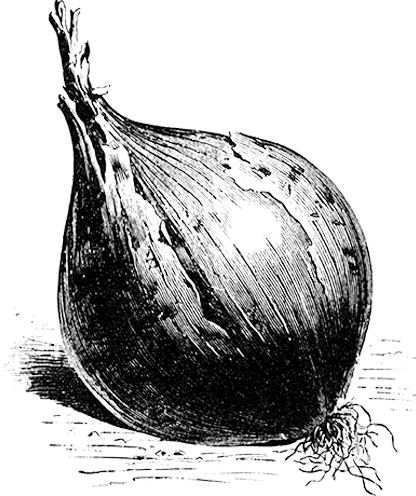Information
(Border turnip) Comes from The Swedish-Norwegian border-lands but the Finns may have brought it when so many of them moved into the so called Finn country of Dalecarlia and Värmland in Sweden. Apparently everybody grew it. It grows big, easily 3-4 hg (11-14 oz.), cylindrical in shape, 6-9 cm circumference and 15-20 cm long. It is usually light-green on top above ground, but violet or white is not unusual and white below ground. The Border turnip really yields a vast harvest even greater thant hat of the swede. It is the best turnip so far. A portion contains about 50 seeds.
| Product number: | 5795 |
|---|---|
| Scientific name: | Brassica rapa |
| Botanic family: | The Mustard Family - Brassicaceae |
| Organic: | Yes |
| Days to maturity: | 70 |
| Lifespan: | Biannual |
| F1 Hybrid: | No |
| New variety: | No |
| Sowing time: | April–August |
| Sowing depth: | 1 cm |
| Germination time: | 3–6 days |
| Plant spacing: | 15 cm |
| Row spacing: | 30 cm |
| Height: | 40 cm |
| Plant location: | Sun–Half shade |
| Harvest/blooming: | July–October |
| Seeds/g: | 400–600 seeds |
| Heirloom variety: | Yes |
Cultivation advice
Sowing
Sow gradually when the soil is ready in spring, about 1 cm deep until August in the South. Roots for winter storage should be sown in July.Spacing
Thin out to 15 cm between the plants and keep a distance of 30 cm between the rows.Harvest
Small turnips are the tastiest ones. Begin harvesting when they are 5 cm in circumference and use them raw, sliced, grated or in casseroles, gratins and soups or fried, oven baked, mashed and porridge, wherever they may fit. They must have been cooked in many different ways for millennia. The Romans, for instance, ate the turnips with honey. During the Middle Ages Royalty were regaled with sculpted turnips in the most exquisite of shapes. Imagination only sets the limits. In today's cookery books there are no recipes for turnips so everyone is free to experiment.Seed
4-600 seeds/g, one portion sows 5-7 m.A portion contains about 50 seeds.
